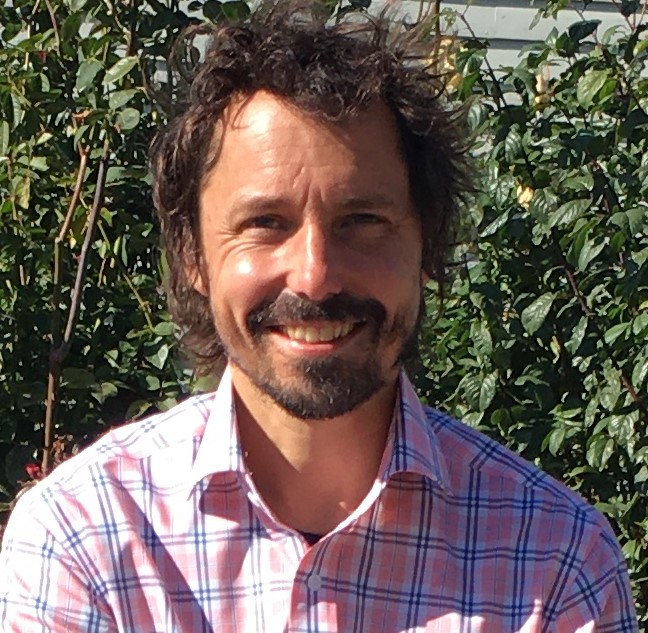Paul Fleckney
Doctor of Philosophy candidate
Urban Design, Urban Planning

Biography
I am an educator, writer and researcher with qualifications and experience in urban planning, University teaching and social research. I am passionate about working to ensure that our cities and towns are equitable, accessible and interesting places for all people regardless of age, gender, disability, cultural background or socioeconomic status, with a particular focus on youth. I hold a Master of Urban Planning from the University of Melbourne and a Bachelor of Science from the University of Nottingham.
My work career includes ten years working for a global management consultancy, six years in private practice as a strategic planner and social planner, and six years' experience of University tutoring. in 2018, I published a book that examined the social and cultural history of rave and techno scenes in Melbourne.
Thesis
How do adolescents' perceptions and experience of public space influence their mental health?
The World Health Organisation (WHO) predicts that depression will be the largest single contributor to the global burden of disease by 2030. Adolescents experience some of the highest rates of mental illness and many mental disorders first present symptoms during teenage years. While mental illness aetiology is complex and multi-faceted, empirical studies have consistently shown associations between built environment characteristics and internalising mental disorders such as anxiety and depression. Much of this research has focused on adult populations, and few studies have examined adolescent outcomes.
This project will examine the relationship between the built environment and adolescent mental health. The evidence suggests that built environment characteristics such as greenspace and urban aesthetics can influence psychological well-being in adolescents, even after adjustment for socio-economic and demographic confounders. However, the association is not consistent across different study populations, age cohorts, and study designs. This variance may be due to differences in mediating mechanisms for different populations; the wide diversity of exposure and outcome measures used to test the relationship; methodological issues; and a tendency for researchers to prioritise quantitative post-positivist approaches above qualitative research founded on a relational model of humans interacting with place and space.
In light of rising mental health rates among youth and the increased pressures that COVID-19 has placed on both adolescent well-being and public space, there is a renewed urgency for research to inform the work of planners, urban designers and policymakers to ensure the public realm is designed and maintained to support adolescent well-being.
Contact
Discipline
- Urban Design, Urban Planning